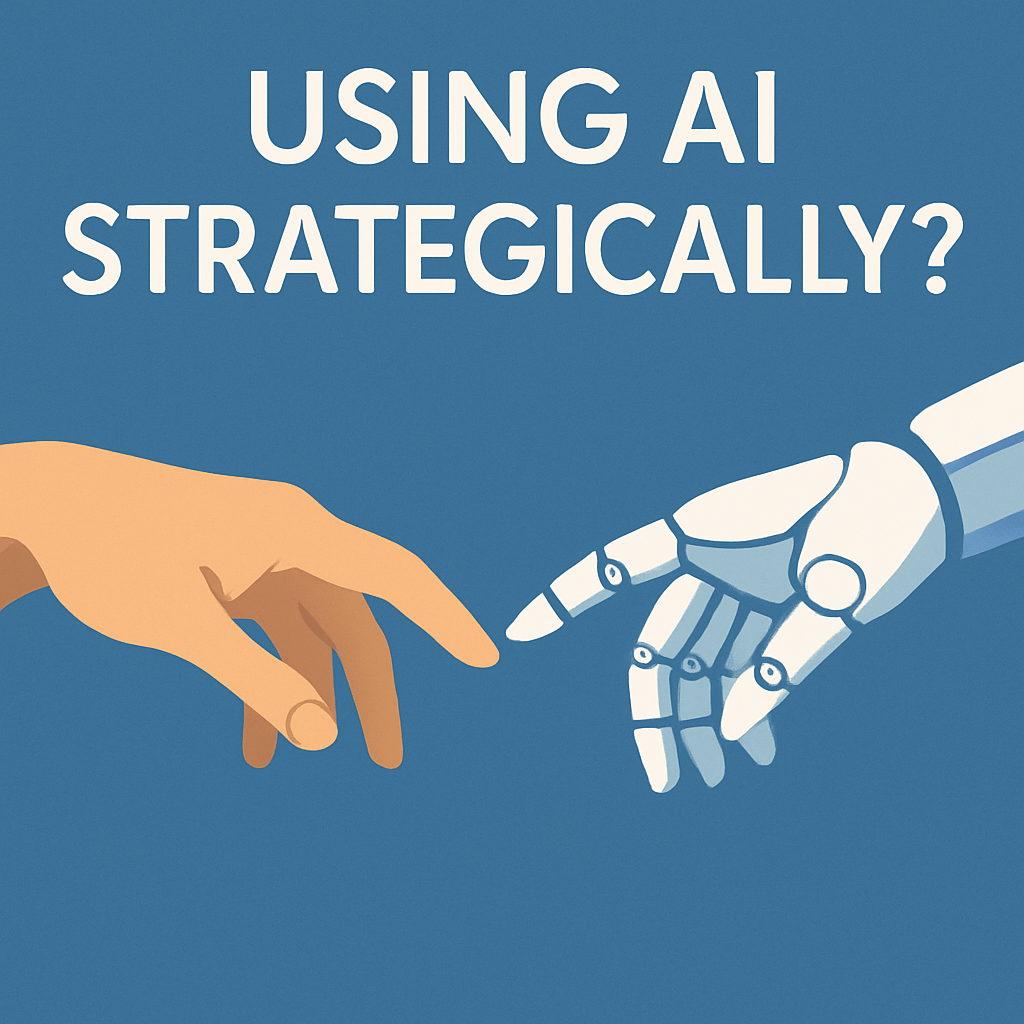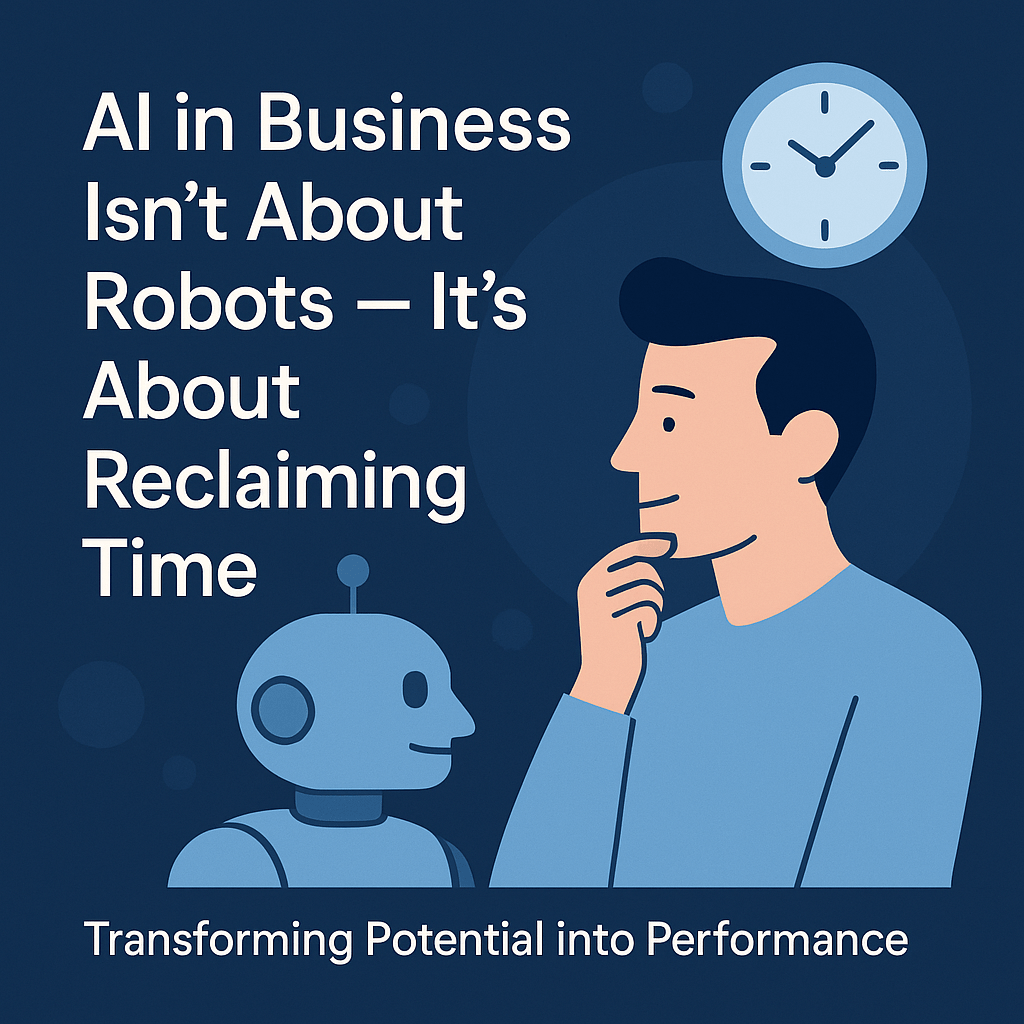
From writing support replies to summarising customer conversations, AI is already part of how many businesses operate. But here’s the real question: If your business is using AI, are you using AI strategically or just letting the tools guide the way without intention?
It’s a distinction that matters more than ever.
Using AI Strategically Starts With 3 Simple Questions
For most growing businesses, AI has crept in slowly. Maybe it started with chat suggestions, a chatbot pilot or a few automations. Over time, it became just part of the workflow. But without strategy, these tools can cause more confusion than clarity.
Here are three simple questions that smart leaders ask to make sure they’re using AI strategically, not just reactively:
- What customer problems are we trying to solve? Too many teams plug in tools to chase efficiency but forget to ask whether they’re actually helping customers. AI should support the experience, not replace it.
- Where does AI genuinely reduce effort for the customer or the team? Good use of AI should feel almost invisible. If your team is still doing heavy lifting around the tech (e.g. fixing bad handoffs, rewriting replies or untangling workflows), something’s off.
- Do we know what success looks like? If you don’t have clear goals, whether that’s faster resolution, fewer escalations or better consistency. It’s hard to know if the tech is working for you or if you’re working for it…
The Risks of Accidental AI Adoption
When businesses adopt AI without intention, they often fall into one of two traps:
- Over-automation: Where bots replace too many human touchpoints and customer trust starts to erode.
- Under-implementation: Where tools are bolted on without a clear process and the result is more work, not less.
A recent report by PwC* found that while 73% of business leaders use AI in some form, only 28% say they have a strategy in place for how they use it.
That’s a big gap and a big opportunity.
Using AI Strategically Means Starting With People, Not Tools
At its best, AI enhances the value your people bring. It frees up time for judgment, empathy, problem-solving and personalisation. The very things that bots can’t replicate.
But that only happens when it’s used with purpose. So before chasing that next shiny AI feature, take a step back. Map your customer journey. Involve your team. Define what good looks like and then choose tools that support that vision.
Because the businesses that win with AI, aren’t the ones using the most of it. They’re the ones using AI strategically.
Want to Get Smarter About Using AI Strategically?
We help growing businesses design smart, human-first support strategies and that includes putting AI in the right places, for the right reasons.
Whether you’re just starting to explore AI tools or are looking to make sense of the ones you already use, we can help you clarify what to automate, what to humanise and how to scale without losing quality.
→ Book a free 30-minute Scale-Up Strategy Check-In
Let’s explore how your business can make AI work for your customers and your team, not the other way around.
Transforming Potential into Performance
*Source
PwC 2023 AI Business Survey – 73% of business leaders use AI in some form, but only 28% say they have a strategy in place.

